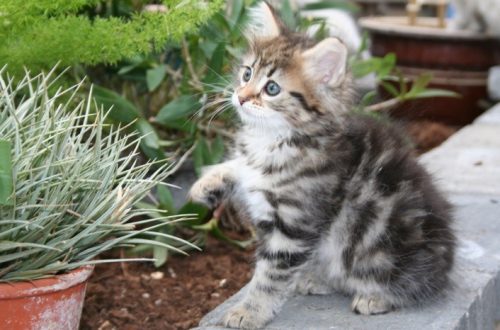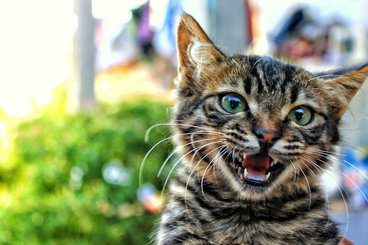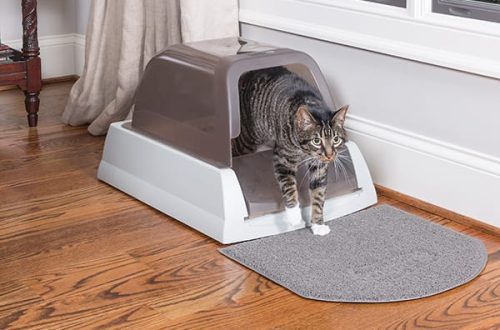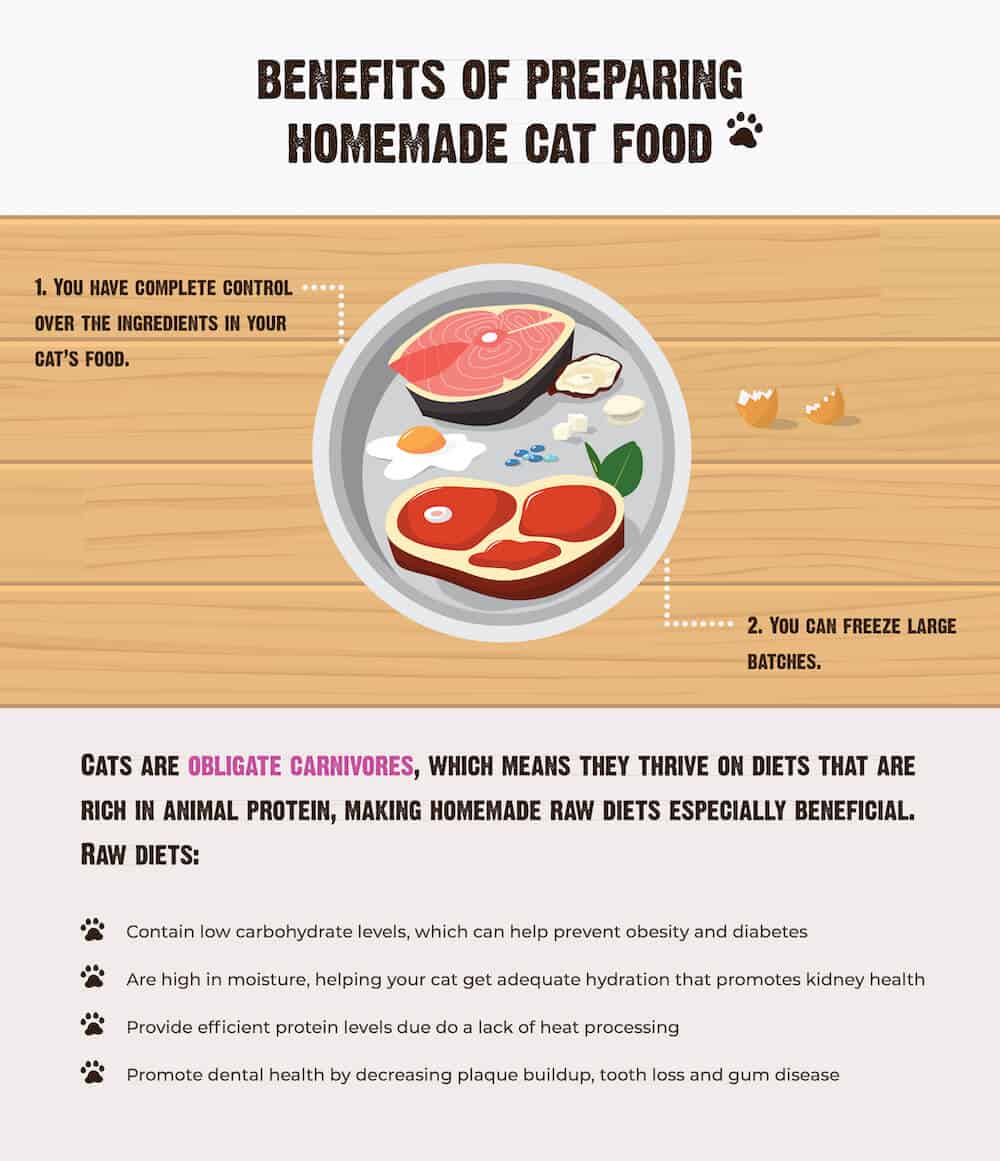
E mafai ona fafaga se pusi mea'ai fale
For a conscious and responsible owner, it is important that his pet eat the healthiest food. If you want to cook your cat food at home, remember that her nutritional needs are very different from ours. Studies have shown that more than 90% of homemade pet food is dietary unbalanced and inadequate for pets*. A small amount of nutrients and non-compliance with their proportions contributes to the development of various diseases in them. For example, for a healthy metabolism in cats, it is extremely important to carefully maintain the ratio of calcium and phosphorus**.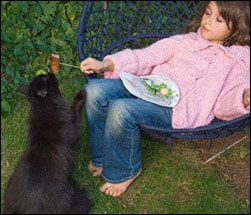
Cats are strict carnivores, so meat should be included in their diet as a source of protein and fat. Unlike humans, cats cannot get these nutrients from plant foods. For a balanced diet, your pet also needs amino acids such as arginine and taurine (an essential acid for a cat’s heart and vision), fatty acids, vitamins, minerals, and water. A moderate amount of carbohydrates will provide your cat with energy for the whole day, but excessive consumption leads to obesity.
The greatest doubt about homemade food for cats is caused by raw and undercooked foods, which lead to diseases of the digestive system not only in cats, but also in humans. Raw foods can contain bacteria such as salmonella, listeria, and even E. coli. These pathogens can be transmitted from cat to person: young children, the elderly and people with weakened immune systems are at the highest risk. Raw bones can also damage your pet’s gastrointestinal tract and teeth. To prevent these risks, the American Veterinary Association recommends the following:
- Do not give your cat raw and undercooked food.
- Provide her with fresh and clean food, as well as a balanced and complete diet.
- Throw away uneaten food daily.
Wash your hands thoroughly before giving your pet food or treats, clean bowls regularly, and discard uneaten food.
Food safety is an important factor in feeding cats. If you leave food at room temperature for a long time, your pet can become infected with bacteria and get a digestive system disease. Throw uneaten food out of the bowl, and store leftover cooked food in the refrigerator to preserve its nutritional properties.
Substitution of ingredients can deprive the animal of essential nutrients. The nutritional needs of a cat vary by age, body weight, and physiological characteristics, so the required serving size for one cat may not be suitable for another. Ideal Balance contains over fifty nutrients and natural ingredients to meet your pet’s nutritional needs.
However, if you’re looking for healthy homemade food options to feed your cat periodically, read How to Make Your Own Homemade Treats.
*Clinically Tested Small Animal Nutrition, 4th edition, page 169.
**Clinically Tested Small Animal Nutrition, 4th edition, page 310.



